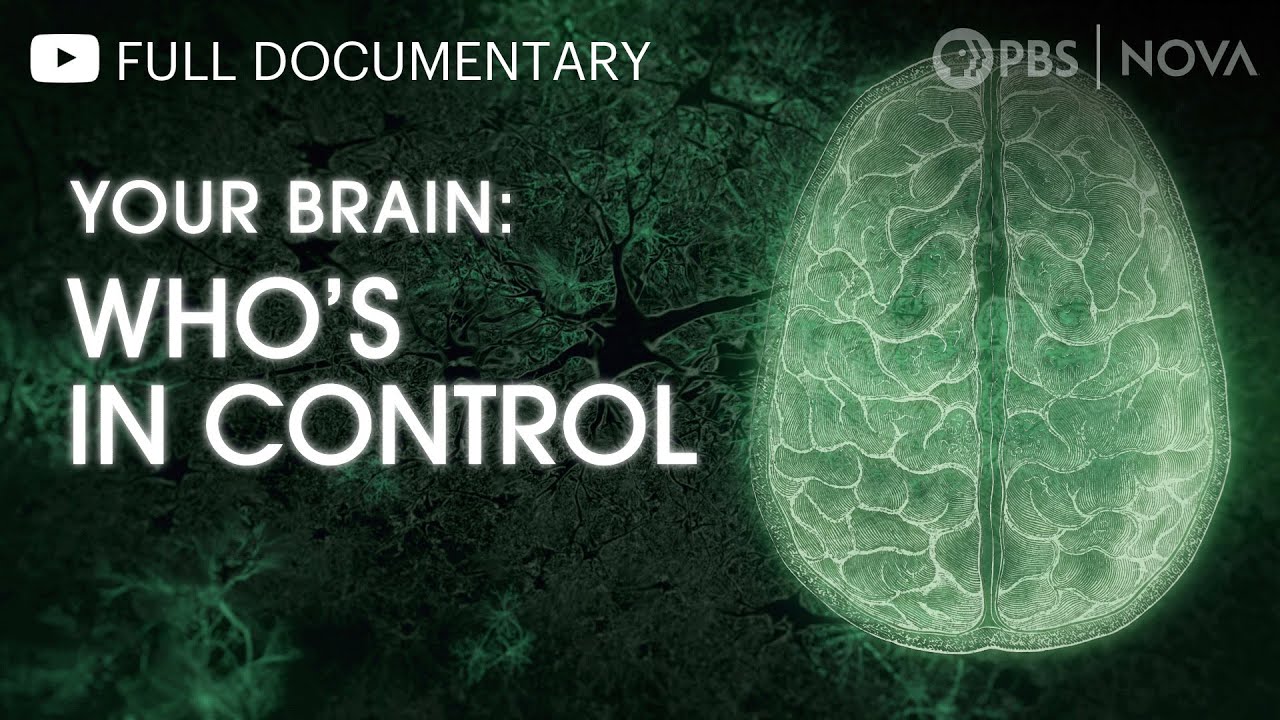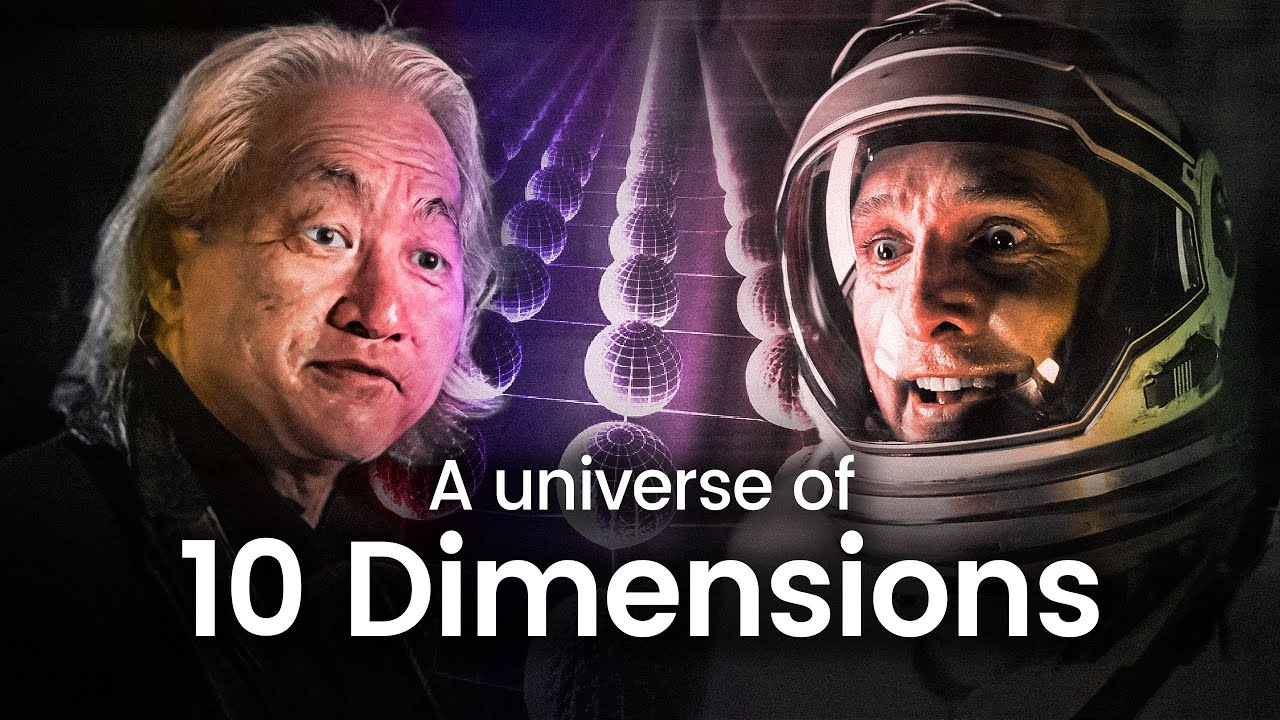The Whole Child: Ackermann’s 4 Natural Forces of Development
TLDRThe theory of Whole Child Development by Edith Ackermann identifies four natural urges that drive human growth: Being Me (using our bodies and minds to discover ourselves), Us (relating to others and understanding their perspectives), the World (exploring how things work through play), and Human Creations (imagining alternatives we can bring to life). This holistic view respects the many facets of children's potential beyond academics, seeking to engage their whole being across talents, interests, mind, body and soul.
Takeaways
- 😀 The 'whole child' concept respects that grades don't encapsulate all aspects of human potential like creativity and resilience
- 🧠 A child's development involves urges to understand one's self, relate to others, make sense of the world, and create
- 👧 Edith Ackermann's theory examines a young girl's journey to develop her body, mind, identity, relationships, worldview, and imagination
- 🤝 Developing socially means learning to share, care, and understand others beyond one's own limited perspective
- 🔍 A urge to seek logic and investigate how things work drives a child's exploration and play
- 🎨 The ability to imagine alternatives allows innovation - fantasy and pretend play build this 'out of the box' thinking
- 🏡 Creations bring thoughts and imagination to life through diverse mediums like voice, ideas, pictures, and even rooms
- 👩🎓 Edith Ackermann explored interactions between play, learning and design after working with Piaget
- 🌟 'Whole child' development seeks to engage the full potential of talents and interests within each unique child
- 🤔 Ackermann's perspective wholly encapsulates a sense of humor, arts appreciation and mindfulness compared to other theories
Q & A
What does the theory of The Whole Child Development identify as the four natural urges that drive human growth?
-The four natural urges are: Being Me, Us, the World, and Human Creations.
What are the two sub-categories under the 'Being Me' urge?
-The two sub-categories under 'Being Me' are: learning to use my body and exploring my mind.
How does a child's urge to understand others help them develop morally and socially?
-By moving away from their own limited perspective and integrating others' perspectives, a child can develop a more complex understanding of morality and social problems.
Why is imagination important according to the script?
-Imagination allows humans to think outside the box and innovate instead of relying solely on chance. It is key for creativity.
What are some ways a child can express their imagination and create things?
-A child can create with their voice, ideas, pictures they paint, by designing cozy spaces, and eventually by designing entire houses and more.
Who was Edith Ackermann and what was her background?
-Edith Ackermann was born in Switzerland in 1946. She was a student of Jean Piaget and spent most of her career at MIT Media Lab exploring play, learning, and design.
What does holistic or whole child education seek to do?
-It seeks to engage children in the whole of their potential and talents, independent of their upbringing.
What are some ways people have tried to sum up the whole child?
-As the mind, body and soul, or as the hand, heart and head. Some refer to social, emotional and other skills.
Why may these divisions not fully capture the whole child?
-Because they may not capture a sense of humor, appreciation for arts, ability to be mindful and other aspects.
What are the key takeaways from Edith Ackermann's perspective?
-That we should respect the whole child and their natural urges to learn and create in many ways, not just academically.
Outlines
😊 Understanding the Whole Child Development Theory
Paragraph 1 introduces Edith Ackermann's Whole Child Development theory which identifies four key areas of natural development in children: Being Me (physical and mental self), Us (relationships and understanding others), the World (exploring and making sense of things), and Human Creations (imagining and creating). It elaborates on each area from the perspective of a young girl.
👍 Discussing the Holistic Nature of Whole Child Development
Paragraph 2 relates Whole Child Development to the concept of holistic education that seeks to engage the whole child. It questions if any categorization can fully capture a child's talents and potentials. It invites further thoughts and discussion on Ackermann's wholesome perspective.
Mindmap
Keywords
💡Whole child development
💡Being me
💡Us
💡The world
💡Human creations
💡Holistic education
💡Mind, body and soul
💡Natural urges
💡Jean Piaget
💡MIT Media Lab
Highlights
The idea of the whole child pays respect to the fact that there are many aspects of human potential that grades can't measure.
Besides curiosity and intelligence, children may want to develop creativity, passion, resilience, intuition, confidence, generosity, mindfulness, humor, and many other important traits.
Edith Ackermann's theory of The Whole Child Development identifies four natural urges that drive our growth throughout childhood into adult life: Being Me, Us, the World, and Human Creations.
Being Me is about learning to use my body and exploring my mind.
Us is about how I relate to friends, family and strangers and my understanding of their thoughts, feelings and behaviors.
Making sense of the world means figuring out how things work, that’s why we play!
Through exploration I quench my thirst for seeking logic and discover this universe.
I am seeking logic all the time. Us children don’t just want to discover how things work, we also look for consistency where there is little.
Human Creations is about me being able to imagine alternatives in my head. If I can imagine something new, I am able to go and actually create it.
Imaginating is one of human’s highest achievements. Without imagination, all innovation would happen by chance.
Edith Ackermann was born in Switzerland in 1946. After graduating, she became a protege of Jean Piaget.
At MIT Media Lab where she spent most of her career she was exploring the interactions between play, learning, and design.
Whole child development, also known as holistic education, seeks to engage children in the whole of their being and potential.
It assumes that each child arrives at this world with their own set of talents and interests that are to some degree completely independent from the child's upbringing.
Some refer to this whole as the mind, body, and soul. The swiss educator Pestalozzi referred to it as the hand, the heart, and the head.
But does any such division actually pay respect to the whole? Does it capture a sense of humor, an appreciation of the arts, or the ability to be mindful?
Transcripts
Browse More Related Video

Everything is Connected -- Here's How: | Tom Chi | TEDxTaipei

Philosophy Shows You Have an Immortal Soul (Aquinas 101)

Your Brain: Who's in Control? | Full Documentary | NOVA | PBS

"What If You Could Access the TENTH Dimension?" | 10D Explained

Leading Neuroscientist: How Intuition, Your 6th Sense & Manifestation ACTUALLY Work | Dr. Tara Swart

The Growth of Knowledge: Crash Course Psychology #18
5.0 / 5 (0 votes)
Thanks for rating: